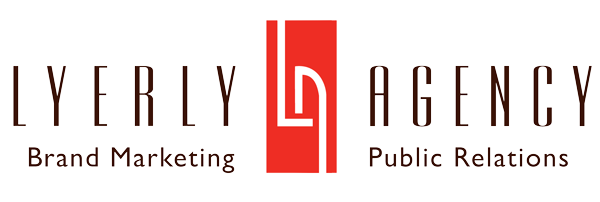As posted in The Gaston Gazette:
(5/24/15) BELMONT, N.C. – Last April, we wrote about how to choose an effective color palette for your business or brand. But because the psychology of color is so complex, and because color itself is such a powerful tool at the disposal of every business owner, we thought it worth revisiting this topic to discuss a few things you should know about color that could have a tremendous impact on your business. So what’s important for you to know? Let’s take a look:
- Colors have varied meanings and messages. According to arttherapyblog.com, Carl Jung suggested to his patients that they use and work with color because he believed color allowed them to tap into a part of their psyche that might otherwise be unreachable. Jung knew colors have meaning, and those meanings are both varied and powerful. Red, for example, can mean alertness or compassion, danger or desire; blue can mean calmness, coolness, intelligence or introspection. As a results, it’s worth taking the time to do a bit of research on the colors you plan to use in your marketing and communications so that you can be certain that the message you’re trying to send matches up with your color palette.
- Colors mean different things in different cultures. Similarly, it’s important to note that what colors mean in the western world is not always what they mean in other cultures and countries. Red, for example, means good luck in India, but in a country like Russia, it is aligned with the ruling communist party. If your business plans on marketing and advertising overseas, or even in an area of the United States that is heavily populated by people who celebrate another culture, make sure you have a clear understanding of what your color combination will communicate to that group.
- Color can encourage a customer to purchase a product. Not only does color have varied and complex meaning, but it also has tremendous influential power. According research compiled by KissMetric, 93 percent of consumers place visual appearance over sound, smell, or texture when making a purchase, and 85 percent of consumers also see color as a motivating factor for buying a product. What does that mean? It means that choosing the color of your product is one of the most powerful and influential decisions you’ll ever make, and it could have a dramatic impact on your bottom line.
- Certain colors attract certain personality types and genders. Just like everyone has a favorite color, different personality types and different genders also favor some colors over others. Blue, for example, tends to be favored by introverts and red by extroverts. According to KissMetric’s research, impulse shoppers tend to gravitate toward colors like orange and black, while shoppers on a budget like navy blue and teal. Fast Company notes that women are more drawn to blues, purples and greens, while men like blue, green and black. So, as you’re putting together plans for how you’ll color and market your product, it’s worth putting in a little extra time to decide who your target customer is and how you can appeal to them directly through color.
- Know how people who are colorblind might interpret your brand and message. As the website colorblindawareness.org notes, most businesses have no idea how their choice of colors can affect their impression upon colorblind consumers, who are approximately 0.5 percent of women and nearly 8 percent of men. Fast Company notes that even Facebook CEO Mark Zuckerberg is red-green colorblind and therefore chose blue for Facebook’s logo and marketing because it’s the color in the spectrum that sticks out most to him. That’s a pretty substantial chunk of consumers who might not receive the message you’re sending if you make the wrong color choices or if you depend on color alone to communicate your message. As color-blindness.com notes, most incidents of “color blindness” are actually misnamed: about 99 percent of people who are called “color blind” are actually color deficient, meaning they still see some color. It’s also worth knowing that 99 percent of people who are color deficient are red-green color deficient, so you should consider that when advertising in red and green. If you choose colors like these, make sure you include plenty of text to also communicate the message you’re trying to send through color.
It’s clear that color is a powerful motivator and a valuable tool for communicating effectively with customers. Keeping just a few of these tips in mind as you consider how to use color as part of your brand and messaging and you’ll be much more likely to keep a robust flow of people coming through your door.
Lyerly Agency’s President and CEO Elaine Lyerly and Executive Vice President and COO Melia Lyerly share their 35+ years of marketing, advertising, public relations and brand strategy experience with readers each month in a column published by The Gaston Gazette. See this month’s edition at http://bit.ly/1FVvtev.
